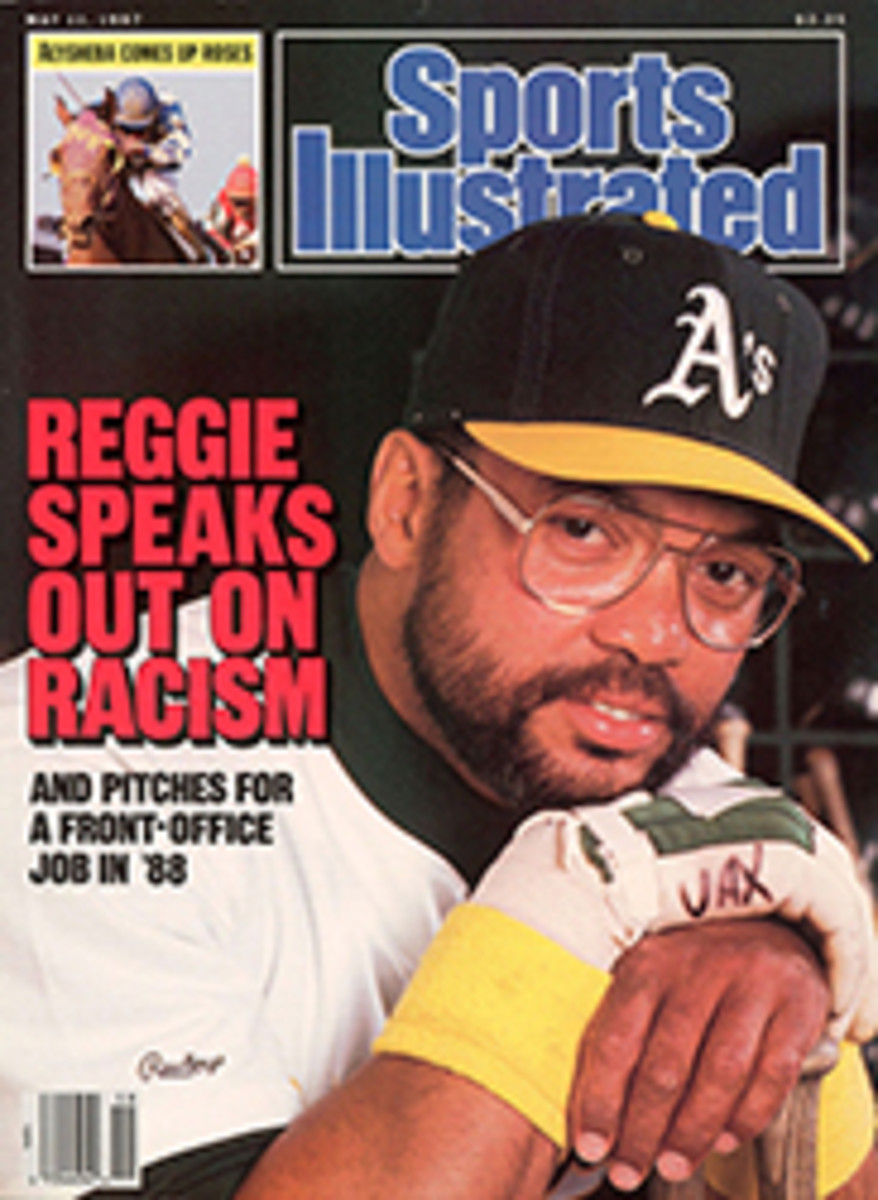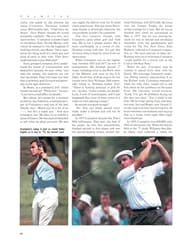
BATHTUB RACING CAN BE GOOD CLEAN FUN
It was a midsummer Sunday morning on Canada's Pacific Coast. The day promised to be a scorcher, as 89 men and women climbed out of their respective beds in the town of Nanaimo in British Columbia. Before long, they would ease themselves into their bathtubs—but not to reach for the soap or the Sunday paper. Instead, they would adjust their helmets, belt their wet suits and flick, yank or push the gizmo that ignites their bathtubs' outboard motors. Then they would be ready to race through the foam and chop of the Strait of Georgia. Their target was the city of Vancouver, 34 miles away, and their goal was to win something called the 20th Annual Nanaimo-Vancouver World Championship Bathtub Race.
So intrepid souls have been streamlining frumpy family bathtubs into ruthless racing machines for two decades now. The redoubtable tubbers ponder weight ratios and displacements, tinker with hydrodynamic lift, scour marine-supply stores for the perfect propeller and analyze water conditions to make the best of the perfect wave. Then they take their bathtubs on the Daily Free Press World Cup bathtub-racing circuit to straighten out the kinks and get a little wet before the big one, the Nanaimo-Vancouver in July. There were six races on the Cup circuit last year: Five of them were worth 50 points each, while the championship was worth 100 points.
The 1986 race was so good that it exceeded even the usual standards of implausibility. Craig Bunch, a 19-year-old gas station attendant from Richmond, B.C., and Victor Fairholm, a 33-year-old boatbuilder from Langley, B.C., found themselves in a neck and neck (faucet to faucet? soap dish to soap dish?) battle as they sped toward the finish line at Vancouver's Kitsilano Park. But as one of them would painfully discover, being the first tubber to reach Vancouver doesn't guarantee victory. To win the race you must be the first to ring the big brass bell 175 yards up the beach. After having bounced around in a bathtub for 34 miles, a tubber's battered limbs aren't usually up for a killer sprint through the sand.
The day began well for Bunch. He shot out of Nanaimo Harbour so fast that his escort boat couldn't keep up with him. Problem was, the escort boats are navigational aids—you're supposed to follow them. "I hit clear water and all I could see was a lot of mist," said Bunch. "But I just kept going and headed toward the first thing that looked like it might have been Vancouver."
Trouble, however, was in his wake. "My main worry was the bathtub running out of gas," he said. "The cords on my gas tank were hooked up wrong, and gas was spilling everywhere. When I tried to fix it, I pulled the wrong cord and the engine died. But at least I wasn't out of gas, and it only took a minute to get it going again."
While Bunch was struggling with his motor, he was headed toward Vancouver in a northern arc similar to that of his rival, Fairholm. "Our team," said Fairholm, "had some Canadian Pacific Airline pilots helping us with navigational strategy. We studied the conditions and decided that a northerly tack was the one to take, even though the leaders of the race had all decided to head south."
Fairholm was in fine position to see the leaders; he was the 67th tubber to leave Nanaimo (only 69 got out of the harbor at all—the others either sank or broke down). During the countdown to the start, Fairholm heard the wrong count relayed to his headset from his escort boat. When the starting gun, a howitzer from a nearby military base, fired, he thought he had 30 seconds left.
Still, Fairholm was the first to reach Vancouver, having overtaken the field with a healthy top speed of 32 mph. Bunch had remained in hot pursuit of Fairholm, who was 50 feet into his sprint, ready to drop from exhaustion, when Bunch hit the beach. He overtook Fairholm, leaving him to fall, defeated, into the sand only five yards from the bell. Fairholm was philosophical. "Well, you know what you're getting into when you enter the race," he said. "You know there's going to be running at the end. Even so, I felt as if I were at a track meet and not a bathtub race."
It was Bunch's first Nanaimo-Vancouver Championship win in five years of sloshing around the circuit: He was also the overall winner.
For Fairholm, who has raced drag boats and bathtubs for 10 years, Nanaimo-Vancouver was a swan song. Fairholm figures he built over a dozen of the tubs that competed last year.
Once you have the prototype, it takes 40 hours to cobble together a racing bathtub. Most are fiberglass, and as long as you have a bona fide bathtub mould sitting on top of your hull, regulations on the hull's appearance are fairly loose. Some resemble water skis, others arrowheads or hydroplanes. One inspired Vancouver architect constructed a flying bathtub but pulled out of the Nanaimo-Vancouver race because of high, life-threatening winds.
Racing tubs cost from $1,000 to $3,600, and most serious competitors have a corporate sponsor. "A normal housewife can't compete against the top bathtub technology," says Lori Thomas, who finished second among the nine women finishers at Nanaimo-Vancouver and 15th overall. "A good propeller and motor can run you $1,500."
Thomas, however, is hardly what you would call a normal housewife. "I was a logger once," she says, "and being a mother is challenging too, but bathtubbing is fun. Bathtubbing is one of my ways to relieve the boredom."
Several parts of the world seem ready to adopt Thomas's antiboredom prescription. The Loyal Nanaimo Bathtub Society reports that tubbers are organizing in the U.S. and in England. Australia has always been well represented.
Five trophies are awarded at the Nanaimo-Vancouver race—the two most important go to the winner and to the first tubber to sink (a plunger painted silver). For most tubbers, though, just crossing the Strait is sufficient, and Fairholm, who lost by oh-so-little, is keenly aware of the accomplishment. "I spent 750 hours designing and building my prototype tub," he said. "I risked my life and finished a 34-mile crossing in 1:22:26 with an eight-horsepower motor. I'm satisfied with that."
ILLUSTRATION
JOHN ALCORN
Michael McKinley is completing his master's in English at St. John's College, Oxford.

